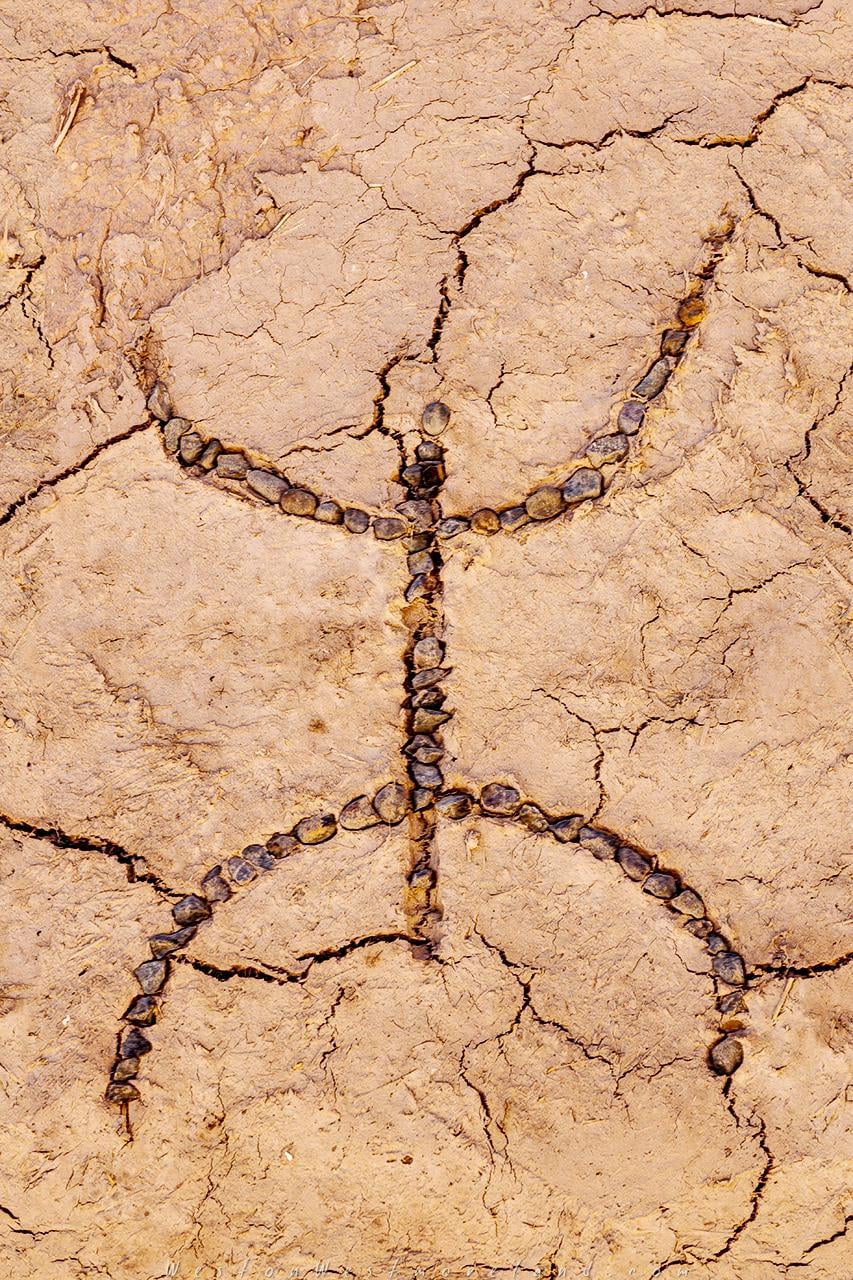
Berber Yaz symbol above the lintel of an earthen clay house in Ait Benhaddou, Morocco. Date, uncertain. The ⵣ (pronounced yaz) is a letter of the Tifinag alphabet, the script of the Amazig or Berber people who inhabit North Africa. The ⵣ means “free man” in the Amazigh language… [1280×853] [OC]
by WestonWestmoreland

1 Comment
…The name “Amazigh” itself means “free people”. Some see the figure of a “free man” in the shape of the symbol.
Although there is no consensus on the origin of the Berber script, one theory is that it comes from the Phoenician alphabet, so ⵣ could be an evolution of zayin or zai.
Aït Benhaddou is an ancient ksar (fortified village) along the historic caravan route from Marrakech to Timbuktu which crossed the High Atlas Mountains, passed through cities like Ait Benhaddou and Ouarzazate, and continued through the Draa and Dades valleys before crossing the Sahara desert to reach Timbuktu. This challenging journey was historically vital for trans-Saharan trade, carrying goods like salt, gold, ivory, and slaves, and was navigated by experienced Berber and Tuareg guides.
Ait Benhaddou is considered a great example of Moroccan earthen clay architecture. The site of the ksar was fortified in the 11th century but none of the current buildings are believed to date from before the 17th. However, they were likely built with the same construction methods and designs as had been used for centuries before. Posterior earthquakes have damaged the ancient village in several occasions and repair works are usual. The dating of the symbol is therefore complicated.
My apologies for inaccuracies and mistakes.